Search Result
Results for "
improvements
" in MedChemExpress (MCE) Product Catalog:
2
Biochemical Assay Reagents
2
Isotope-Labeled Compounds
| Cat. No. |
Product Name |
Target |
Research Areas |
Chemical Structure |
-
- HY-N3204
-
|
|
Apoptosis
|
Neurological Disease
|
|
Neoechinulin A is an isoprenyl indole alkaloid that exhibits scavenging, neurotrophic factor-like, and anti-apoptotic activities. Neoechinulin A induces memory improvements and antidepressant-like effects in mice .
|
-

-
- HY-135473
-
|
|
Others
|
Others
|
|
Chlormadinone is an antiandrogen drug. Chlormadinone combined with Tamsulosin shows greater improvement in subjective symptoms of BPH .
|
-
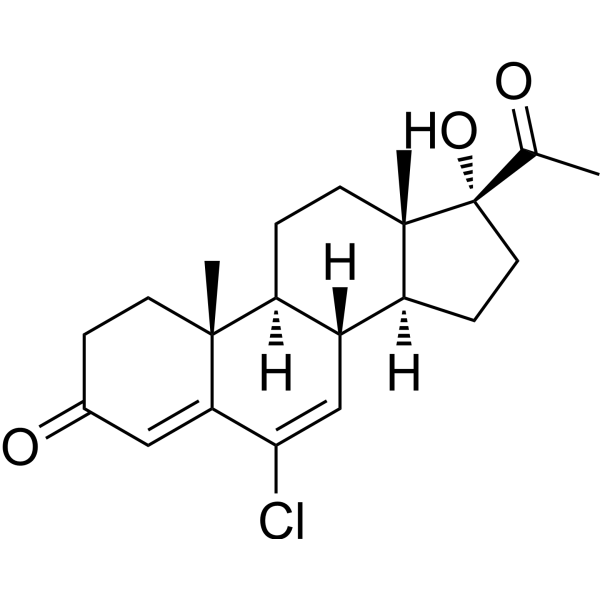
-
- HY-136424
-
|
GM1485
|
Others
|
Neurological Disease
|
|
GPI-1485 (GM1485), a nonimmunosuppressive immunophilin ligand, promotes neurofunctional improvement and neural regeneration following stroke .
|
-
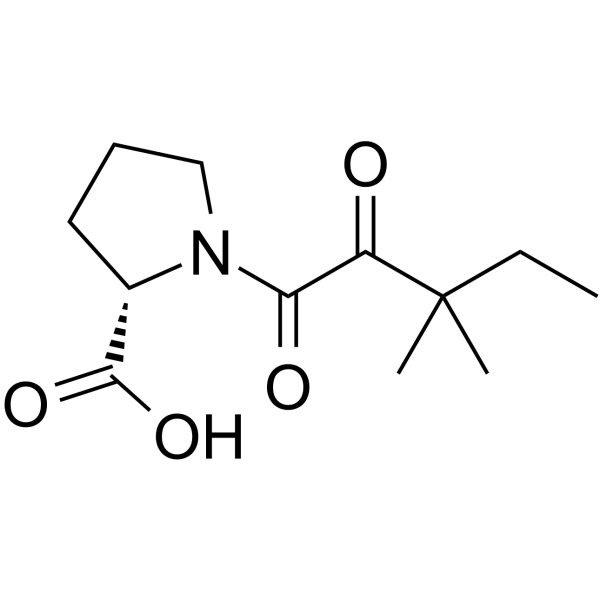
-
- HY-E70125
-
|
Carboxycyclohexadienyl dehydratase
|
Biochemical Assay Reagents
|
Others
|
|
Arogenate dehydratase (Carboxycyclohexadienyl dehydratase) is the key enzymes that catalyze the conversion of arogenate into Phe in the stroma of chloroplasts and plastids in vascular plants. Arogenate dehydratase plays an important role in cell wall lignin biosynthesis, photosynthesis, and can be used for plant improvement .
|
-

-
- HY-P2207
-
|
|
Biochemical Assay Reagents
|
Others
|
|
Sinapultide is a 21-amino-acid peptide that mimics the action of human surfactant protein-B (SP-B). Sinapultide can be used for synthetic phospholipids surfactants improvement .
|
-

-
- HY-113048
-
|
|
Endogenous Metabolite
|
Metabolic Disease
|
|
Erythronic acid is an endogenous metabolite of carbohydrates that can be used in the study of metabolism-related diseases. It plays a key role in the onset and improvement of hyperuricemia and is related to mitochondrial dysfunction in transaldolase deficiency .
|
-
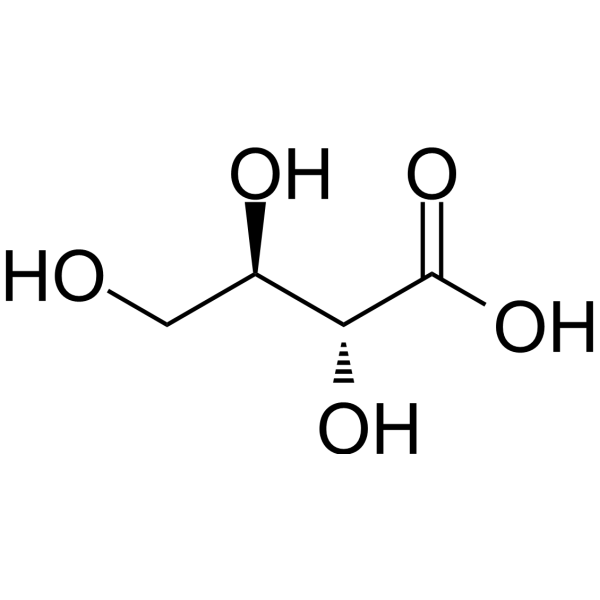
-
- HY-113048A
-
|
|
Endogenous Metabolite
|
Metabolic Disease
|
|
Erythronic acid potassium is an endogenous metabolite of carbohydrates that can be used in the study of metabolism-related diseases. It plays a key role in the onset and improvement of hyperuricemia and is related to mitochondrial dysfunction in transaldolase deficiency .
|
-
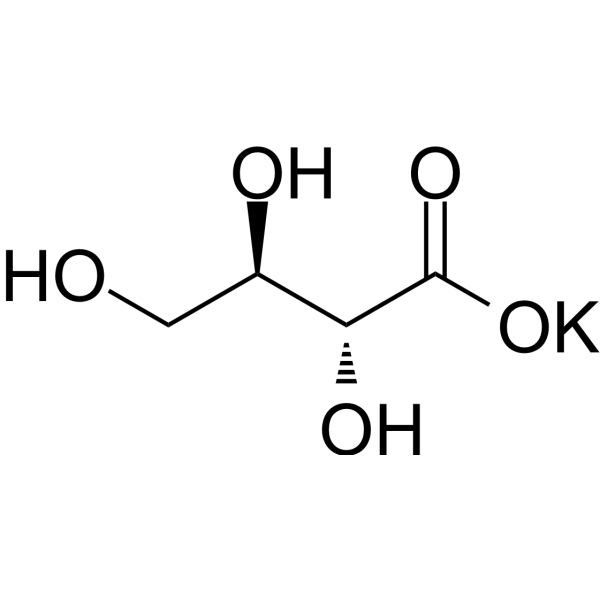
-
- HY-N1995
-
|
|
|
|
|
Methylswertianin is an active constituent in Swertia punicea Hemsl, with anti-diabetic effect. Methylswertianin can abates type-2 diabetes, likely via the improvement of insulin resistance (IR) .
|
-
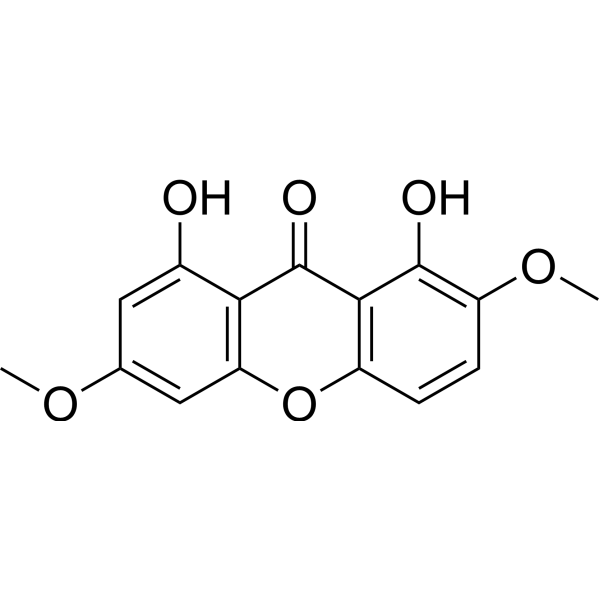
-
- HY-P2207A
-
|
|
Biochemical Assay Reagents
|
Others
|
|
Sinapultide TFA is a 21-amino-acid peptide that mimics the action of human surfactant protein-B (SP-B). Sinapultide TFA can be used for synthetic phospholipids surfactants improvement .
|
-

-
- HY-N9363
-
|
|
Others
|
Metabolic Disease
|
|
Corymbiferin is one of active constituents, responsible for anti-diabetic properties. Corymbiferin improves antioxidant capacity and carbohydrate metabolism in diabetic rats, along with the improvement of histopathology of livers and pancreatic β cells .
|
-

-
- HY-A0096
-
-
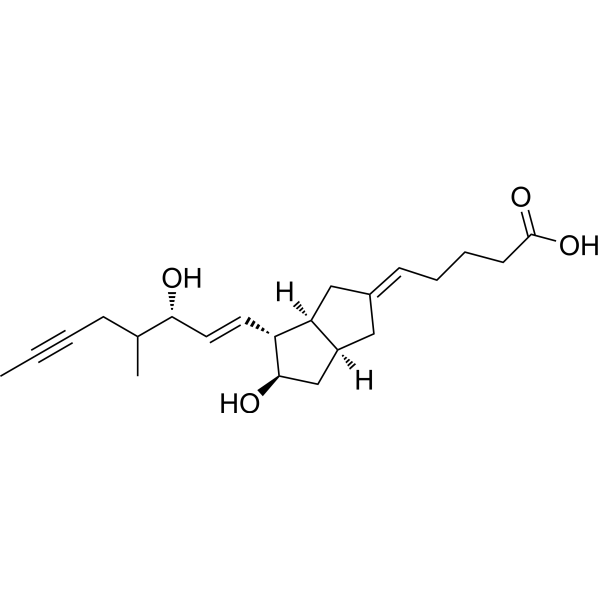
-
- HY-121451
-
|
|
Others
|
Others
|
|
Dibenzyl phthalate, a diaryl phthalate, is extensively used as a plasticizer to modify the properties of the synthetic resin substrates, resulting in the improvement of flexibility and durability of the end products. Dibenzyl phthalate has estrogen agonist/antagonist properties .
|
-
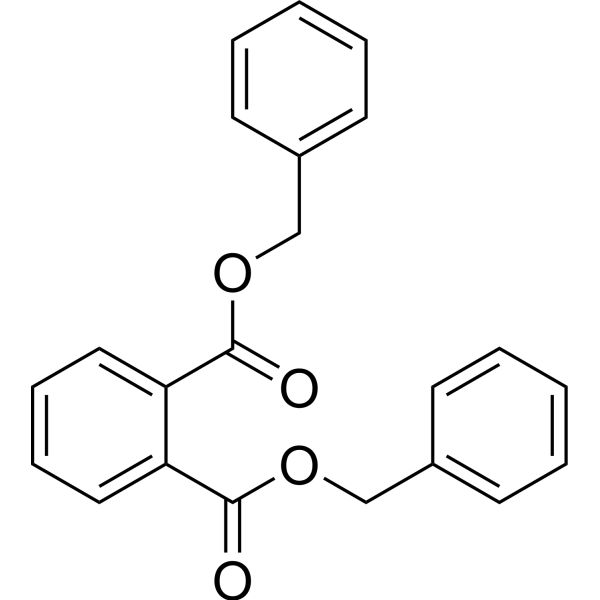
-
- HY-B0657
-
|
Clodronate
|
Others
|
Others
|
|
Clodronic acid is an orally active bisphosphonate, which is used for researching osteoporosis and diseases associated with excessive bone resorption. Clodronic acid inhibits bone resorption through induction of osteoclast apoptosis. Clodronic acid is effective in the maintenance or improvement of bone mineral density .
|
-
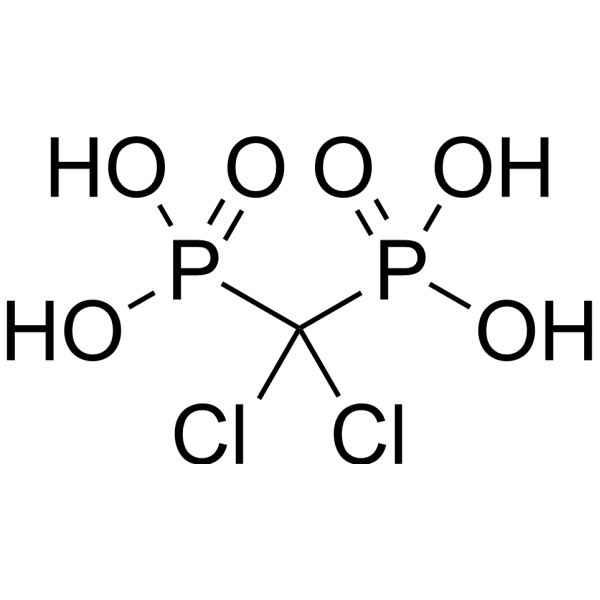
-
- HY-B1272A
-
|
|
Adrenergic Receptor
|
Neurological Disease
|
|
Desipramine is a tricyclic psychotic compound, possessing antidepressant activity. Desipramine inhibits the norepinephrine reuptake receptor in the central nervous system and reduces the sleep-related loss of genioglossus activity, can be used to research the improvement of pharyngeal collapsibility .
|
-

-
- HY-153763
-
|
|
Others
|
Neurological Disease
|
|
PROT-IN-1 (Compound 2) is a proline transporter (PROT) inhibitor (IC50: 1.48 μM). PROT-IN-1 can be used for research of cognitive disorders .
|
-

-
- HY-141494
-
|
|
PPAR
|
Metabolic Disease
|
|
Pparδ agonist 5, an orally active PPARδ-selective agonist (EC50=0.335 μM), is much greater than that of the prototypical standard GW0742. Pparδ agonist 5 promotes improvements in bone density and microarchitecture in vivo .
|
-

-
- HY-N4268
-
|
|
Others
|
Neurological Disease
|
|
Tenuifoliside B, a component isolated from Polygalae Radix, inhibits potassium cyanide (KCN)-induced hypoxia and scopolamine-induced memory impairment. Tenuifoliside B shows potential cognitive improvement and cerebral protective effects. Tenuifoliside B has potential to become an anti-AD lead compound .
|
-
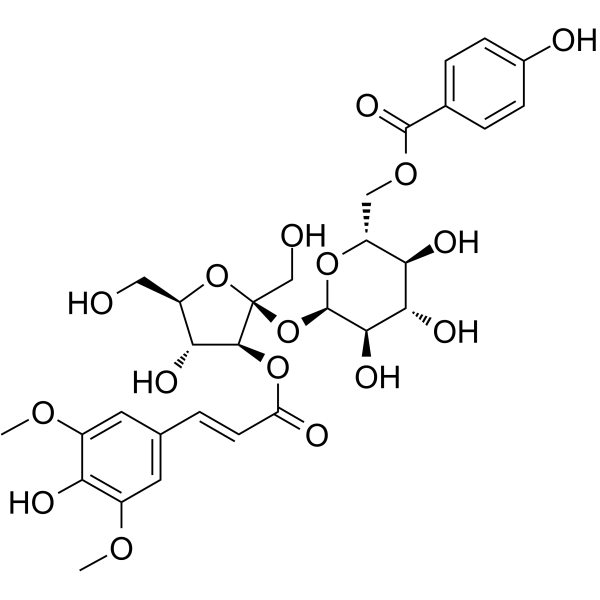
-
- HY-13964A
-
|
|
GHSR
|
Metabolic Disease
|
|
YIL781 hydrochloride is a potent and orally active ghrelin receptor (GHSR) antagonist. YIL781 hydrochloride produces a greater improvement in glucose homeostasis in rats. YIL781 hydrochloride inhibits the calcium response induced by ghrelin with pIC50 values of 7.90 and 8.27, respectively .
|
-
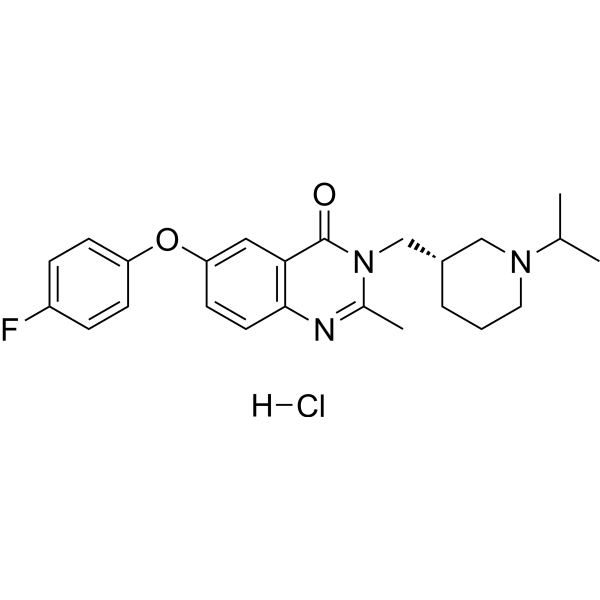
-
- HY-13964
-
|
|
GHSR
|
Metabolic Disease
|
|
YIL781 is a potent and orally active ghrelin receptor (GHSR) antagonist. YIL781 produces a greater improvement in glucose homeostasis in rats. YIL781 inhibits the calcium response induced by ghrelin with pIC50 values of 7.90 and 8.27, respectively .
|
-
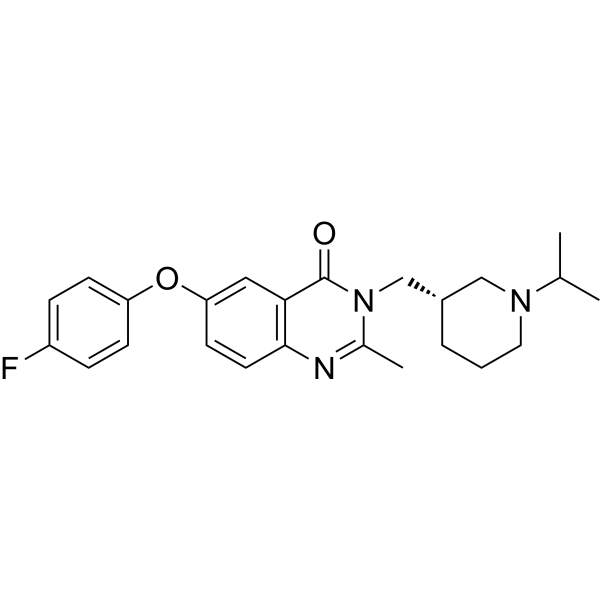
-
- HY-155755
-
|
|
Others
|
Cancer
|
|
hCES2A-IN-1 (compound 20w) is a potent hCES2A inhibitor, with an IC50 value of 1.6 nM. hCES2A-IN-1, a bysspectin A derivative, shows an approximately 1000-fold improvement over the lead compound bysspectin A .
|
-
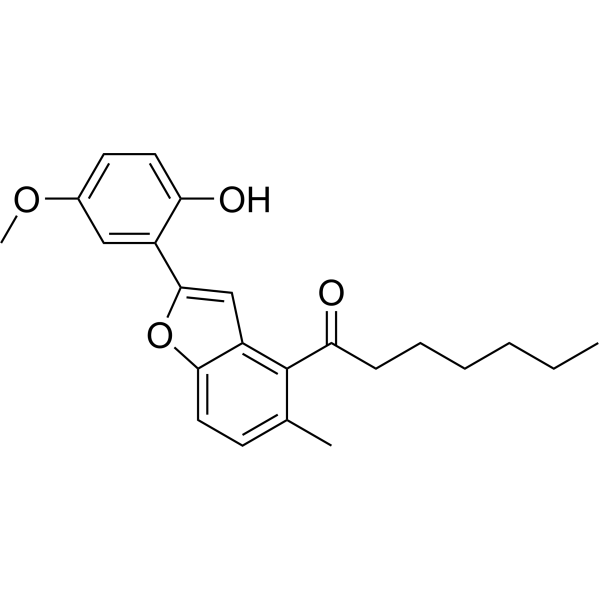
-
- HY-B1272AS1
-
|
|
Dopamine Transporter
Serotonin Transporter
|
Metabolic Disease
|
|
Desipramine-d3 is the deuterium labeled Desipramine. Desipramine is a tricyclic psychotic compound, possessing antidepressant activity. Desipramine inhibits the norepinephrine reuptake receptor in the central nervous system and reduces the sleep-related loss of genioglossus activity, can be used to research the improvement of pharyngeal collapsibility[1][2][3].
|
-
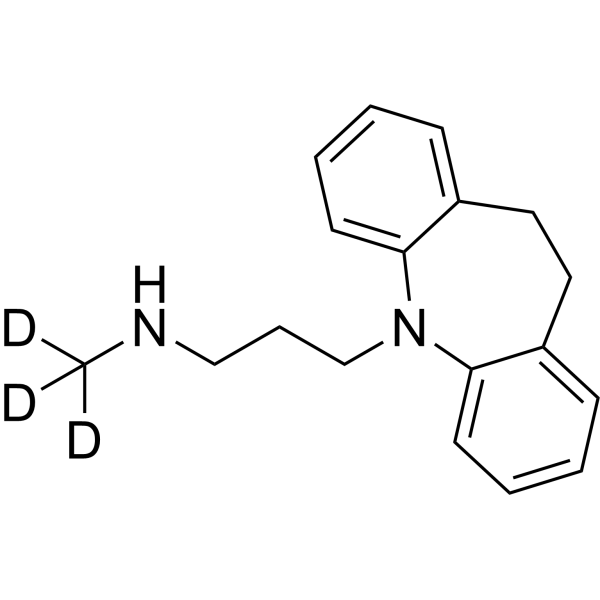
-
- HY-P99793
-
|
MLDL1278A
|
LDLR
|
Inflammation/Immunology
|
|
Orticumab (MLDL1278A) is an antibody targeting to oxidized or malondialdehyde-modified lipoprotein (LDL). Orticumab specifically inhibits oxidized low-density lipoproteins (oxLDL). Orticumab involves in modulation of autoimmune responses against oxLDL, improves atherosclerosis in animal model. Orticumab also can be used for research of psoriasis improvement .
|
-

-
- HY-D0884
-
|
(S)-2-Hydroxypropanoic acid lithium
|
|
|
|
L-Lactic acid (lithium) is a chemical compound belonging to the class of lithium salts. It is commonly used in the pharmaceutical industry as a mood stabilizer and antipsychotic for the improvement of bipolar disorder and schizophrenia. L-Lactic acid (lithium) works by affecting the balance of certain chemicals in the brain, which can help reduce symptoms such as mood swings, aggression, and hallucinations.
|
-
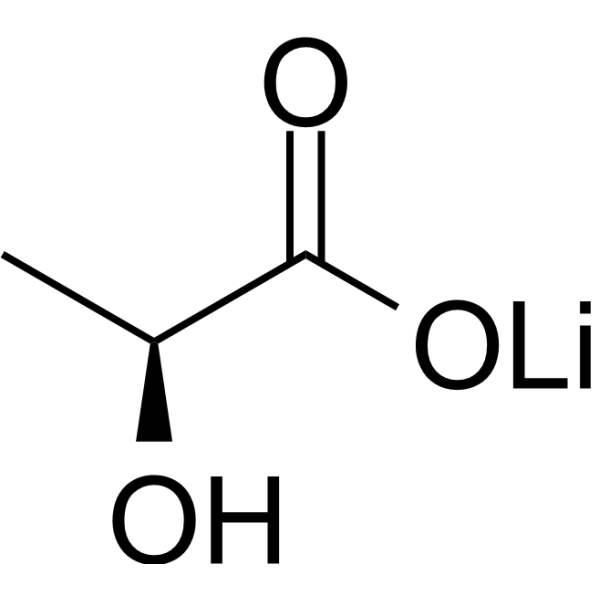
-
- HY-W127725
-
|
|
Biochemical Assay Reagents
|
Others
|
|
Thymolphthalexon (tetrasodium) is an organic compound commonly used as a reagent in biochemical assays. It belongs to the family of thioxanthone derivatives and has strong antioxidant properties. Thymolphthalexon has several applications in the study of free radical response, oxidative stress, and aging. In addition, it can be used as a photosensitizer in photodynamic therapy for the improvement of cancer and other diseases.
|
-
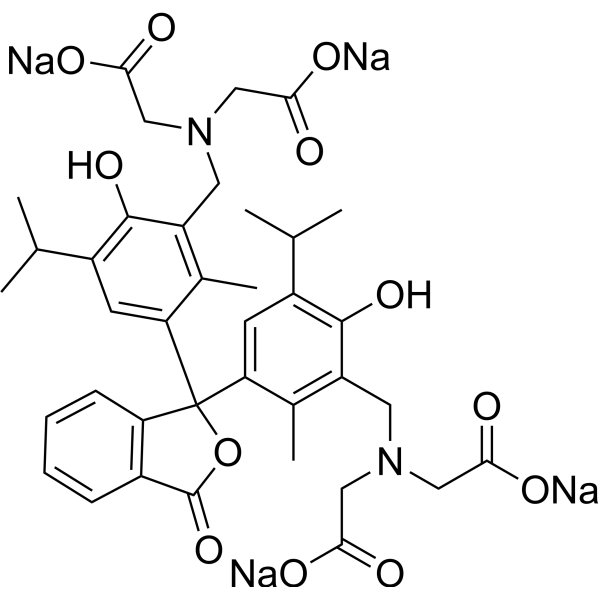
-
- HY-109157
-
|
RO6889450
|
Trace Amine-associated Receptor (TAAR)
5-HT Receptor
Dopamine Receptor
|
Neurological Disease
|
|
Ralmitaront (RO6889450) is an orally active agonist of trace amine-associated receptor 1 (TAAR1) with a EC50 value of 110.4 nM. Ralmitaront has antipsychotic, cognitively improvement, and antidepressant activity in rodents. Ralmitaront can be used as a neurosuppressant in the study of neuro-related diseases, such as schizophrenia (SCZ), schizoaffective disorder .
|
-
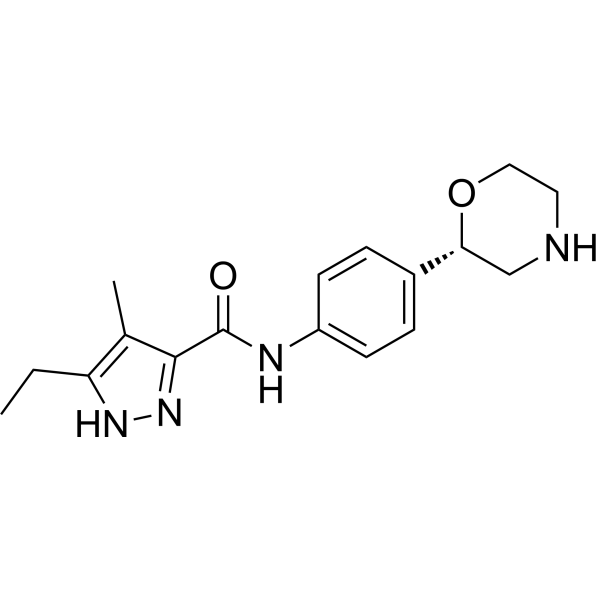
-
- HY-114196
-
|
ZGN-1061
|
MetAP
|
Metabolic Disease
|
|
Aclimostat (ZGN-1061) is a potent inhibitor of the MetAP2 enzyme and displays favorable efficacy and safety in preclinical studies. ZGN-1061 produced similar efficacy as beloranib for weight loss, improvements in metabolic parameters in a mouse model of obesity and insulin resistance, and concordant changes in gene transcription in HepG2 cells .
|
-
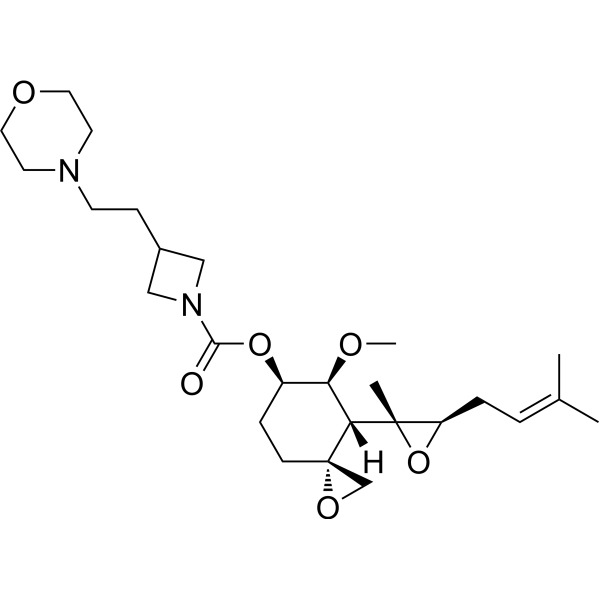
-
- HY-149053
-
|
|
P-glycoprotein
|
Cancer
|
|
OY-101 is an orally active, potent and specific P-glycoprotein (P-gp) inhibitor. OY-101 can sensitize drug-resistant tumors and effectively reverse tumor multidrug resistance. OY-101 is improvements in water-solubility, cytotoxicity, and reversal activity compared to Tetrandrine (HY-13764) .
|
-
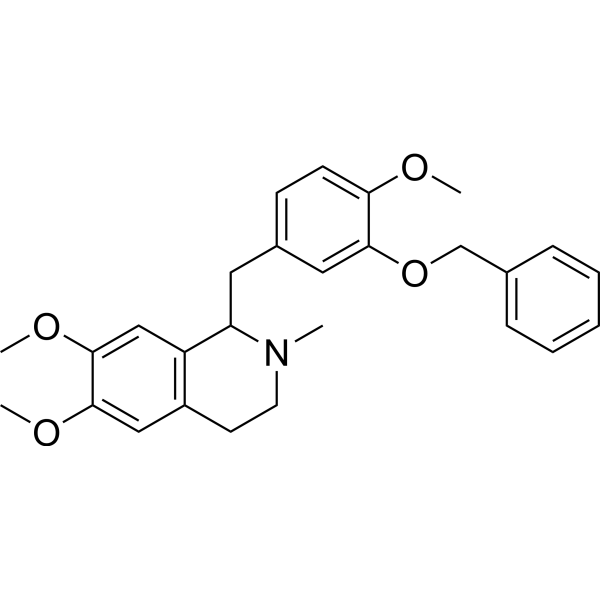
-
- HY-128891
-
|
|
Others
|
Neurological Disease
|
|
Eperisone is an antispastic agent used for treatment of diseases characterized by muscle stiffness and pain. It works by relaxing both skeletal muscles and vascularsmooth muscles, thus demonstrating avariety of effects such as reduction ofmyotonia, improvement of circulationand suppression of the pain reflex. Eperisone is a centrally acting muscle relaxant inhibiting the pain reflex pathway, having a vasodilator effect [2 .
|
-
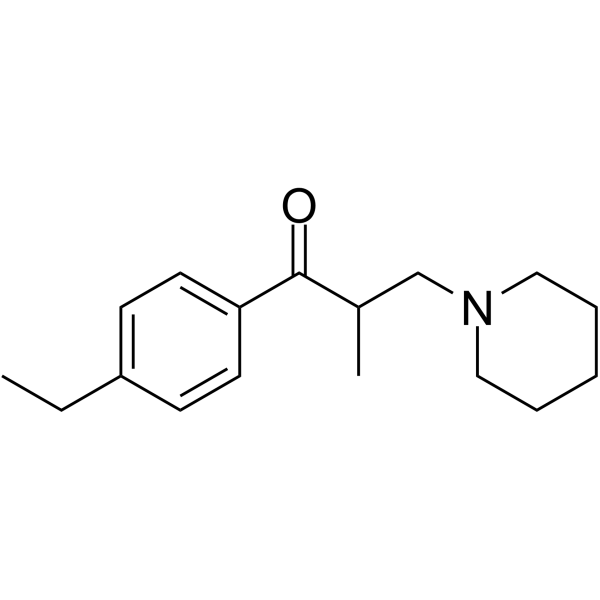
-
- HY-B1901
-
|
(±)-Eperisone hydrochloride
|
|
|
|
Eperisone Hydrochloride ((±)-Eperisone hydrochloride) is an antispastic agent used for treatment of diseases characterized by muscle stiffness and pain. It works by relaxing both skeletal muscles and vascularsmooth muscles, thus demonstrating avariety of effects such as reduction ofmyotonia, improvement of circulationand suppression of the pain reflex. Eperisone Hydrochloride ((±)-Eperisone hydrochloride) is a centrally acting muscle relaxant inhibiting the pain reflex pathway, having a vasodilator effect [2 .
|
-

-
- HY-W127805
-
|
|
Biochemical Assay Reagents
|
Others
|
|
Pentacarboxylporphyrin I dihydrochloride is an organic compound belonging to the family of porphyrin derivatives. It is commonly used in biochemical research as a reference standard for the quantification of porphyrins and related compounds in biological samples. Pentacarboxylporphyrin I dihydrochloride has several applications in the diagnosis and monitoring of porphyrias, a group of inherited disorders characterized by abnormalities in heme metabolism. In addition, it can be used as a photosensitizer in photodynamic therapy for the improvement of cancer and other diseases.
|
-
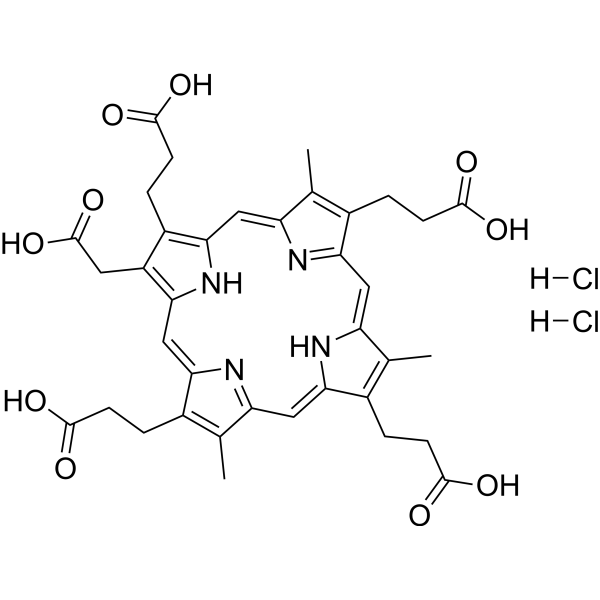
-
- HY-155484
-
|
|
Sigma Receptor
|
Neurological Disease
|
|
SOMCL-668 is a selective and potent sigma-1 receptor allosteric modulator. ?SOMCL-668 shows positive modulation of improvement in social deficits and cognitive impairment induced by the selective sigma-1 agonist PRE084.?SOMCL-668 displays anti-seizure activities and can be used for psychotic illness research .
|
-
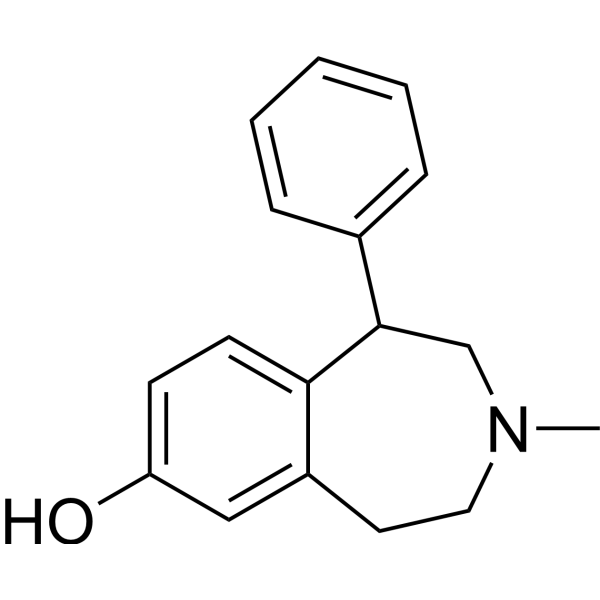
-
- HY-B1901S
-
|
|
Isotope-Labeled Compounds
|
Neurological Disease
|
|
Eperisone-d10 (hydrochloride) is the deuterium labeled Eperisone hydrochloride. Eperisone Hydrochloride ((±)-Eperisone hydrochloride) is an antispastic agent used for treatment of diseases characterized by muscle stiffness and pain. It works by relaxing both skeletal muscles and vascularsmooth muscles, thus demonstrating avariety of effects such as reduction ofmyotonia, improvement of circulationand suppression of the pain reflex. Eperisone Hydrochloride ((±)-Eperisone hydrochloride) is a centrally acting muscle relaxant inhibiting the pain reflex pathway, having a vasodilator effect[1][2 [3].
|
-
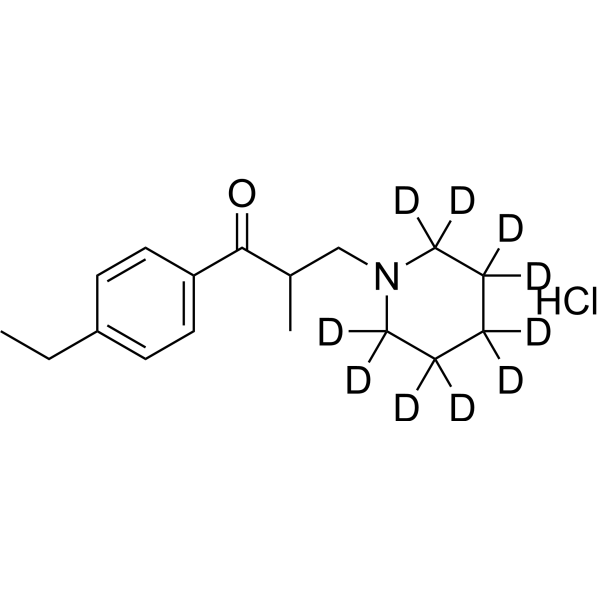
-
- HY-146087
-
|
|
Autophagy
|
Cancer
|
|
Autophagy inducer 4 is a Magnolol-based Mannich base derivatives, which can be used as an anticancer agent. Autophagy inducer 4 suppresses cancer cells via inducing autophagy. Autophagy inducer 4 has 76-fold improvement in cytotoxicity against T47D cells compared with Magnolol. Autophagy inducer 4 also possesses suppressive effects on migration of T47D and Hela cancer cells .
|
-
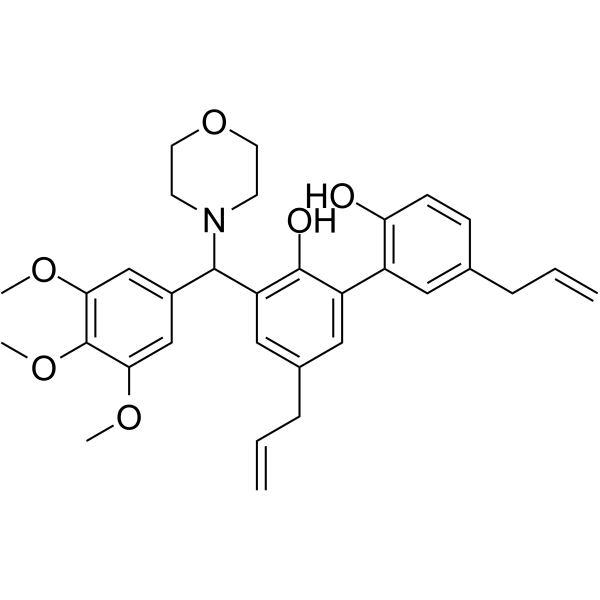
-
- HY-146240
-
|
|
Aldehyde Dehydrogenase (ALDH)
|
Metabolic Disease
|
|
ALDH1A1-IN-3 (compound 57) is an excellent and selective aldehyde dehydrogenase 1A1 (ALDH1A1) inhibitor with an IC50 value of 0.379 μM. ALDH1A1-IN-3 can effectively improve glucose consumption in HepG2 cells. ALDH1A1-IN-3 can be used for researching glucose metabolism improvement .
|
-
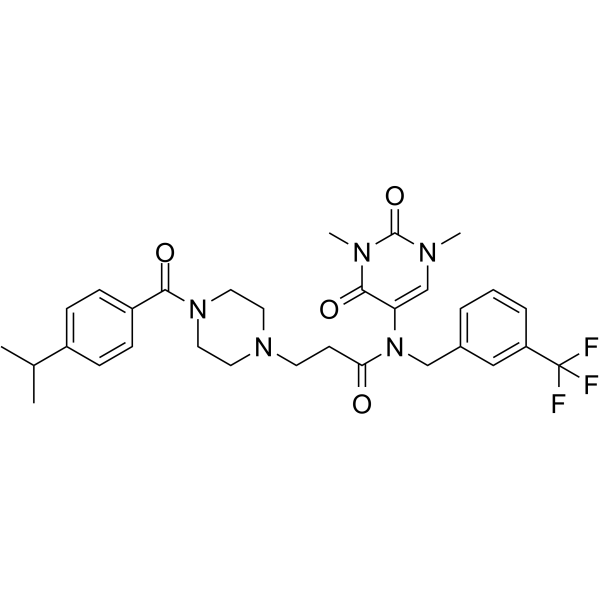
-
- HY-D0948
-
|
|
Fluorescent Dye
|
Infection
|
|
Celestine Blue is a electroactive indicator in DNA biosensors. Celestine Blue is strongly adsorbed on the spinel phases and CNT (carbon nanotubes), facilitates dispersion, acts as a capping agent and allows for the fabrication of spinel decorated CNT. Celestine Blue is an efficient charge transfer mediator, which allows for significant improvement of capacitive behavior. TiO2 nanoparticles doped with Celestine Blue can be used as a label in a sandwich immunoassay for the hepatitis C virus (HCV) core antigen .
|
-

-
- HY-130344
-
|
|
Dopamine Receptor
Sigma Receptor
|
Neurological Disease
|
|
SKF83959 is a potent and selective dopamine D1-like receptor partial agonist. SKF83959 Ki values for rat D1, D5, D2 and D3 receptors are 1.18, 7.56, 920 and 399 nM, respectively. SKF83959 is a potent allosteric modulator of sigma (σ)-1 receptor. SKF83959 belongs to benzazepine family and has improvements on cognitive dysfunction. SKF83959 can be used for the research of Alzheimer's disease and depression .
|
-

-
- HY-147859
-
|
|
Amyloid-β
|
Neurological Disease
|
|
BChE-IN-8 (compound 20) is an orally active, potent and BBB-penetrated BChE (butyrylcholinesterase) inhibitor, with IC50 values of 0.15 nM (eqBChE, equine serum BChE) and 45.2 nM (hBChE), respectively. High stability of BChE-IN-8 contributes to significantly improved blood concentration and tissue exposure. BChE-IN-8 can exert neuro-protecting and cognition improving properties through multiple modulations, including cholinergic system, Aβ aggregation, neuropeptide levels. BChE-IN-8 can be used for Alzheimer's disease (AD) research .
|
-
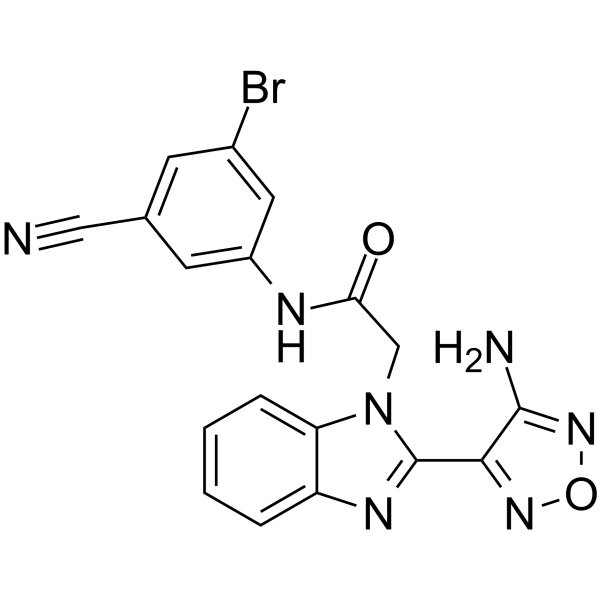
-
- HY-103412
-
|
|
Dopamine Receptor
Sigma Receptor
|
Neurological Disease
|
|
SKF83959 hydrobromide is a potent and selective dopamine D1-like receptor partial agonist. SKF83959 hydrobromide Ki values for rat D1, D5, D2 and D3 receptors are 1.18, 7.56, 920 and 399 nM, respectively. SKF83959 hydrobromide is a potent allosteric modulator of sigma (σ)-1 receptor. SKF83959 hydrobromide belongs to benzazepine family and has improvements on cognitive dysfunction. SKF83959 hydrobromide can be used for the research of Alzheimer's disease and depression .
|
-
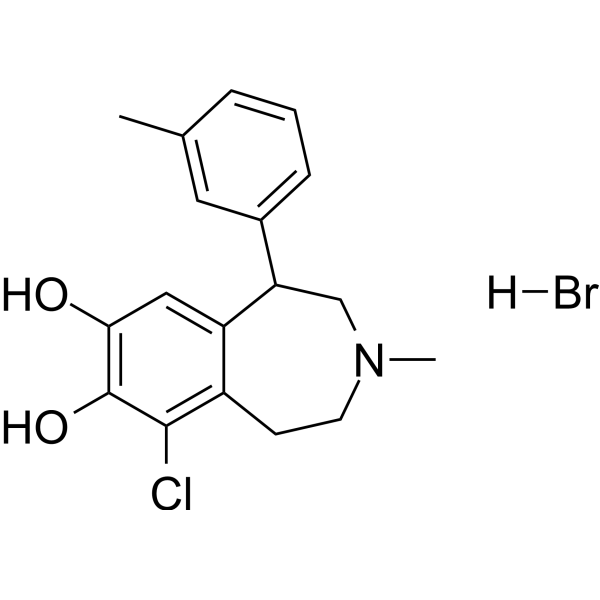
-
- HY-156792
-
|
|
Others
|
Cancer
|
|
RIOK2-IN-1 (com 4) is a potent and selective RIOK2 inhibitor (Kd=150 nM), but has low cellular activity (IC50=14,600 nM). RIOK2 is an atypical kinase associated with a variety of human cancers and is involved in ribosome maturation and cell cycle progression. The small molecule inhibitor CQ211 (HY-147655), an improvement of RIOK2-IN-1 as the lead compound, has good in vivo and in vitro activity, inhibits the proliferation of MKN-1 and HT-29 cancer cells, and can xenograft MKN in mice -1 model inhibits tumor progression .
|
-

-
- HY-116673
-
|
|
Histone Acetyltransferase
|
Neurological Disease
|
|
TTK21 is an activator of the histone acetyltransferases CBP/p300. TTK21 passes the blood–brain barrier, induces no toxicity, and reaches different parts of the brain when conjugated to glucose-based carbon nanosphere (CSP). TTK21 has beneficial implications for the brain functions of neurogenesis and long-term memory .CSP-TTK21 can ameliorate Aβ-impaired long-term potentiation (LTP). CSP-TTK21 may enhance the transcription of genes that promote synaptic health and cognitive function . CSP-TTK21 is orally effective and leads to improvements in motor functions, histone acetylation dynamics in a spinal injury rat model .
|
-
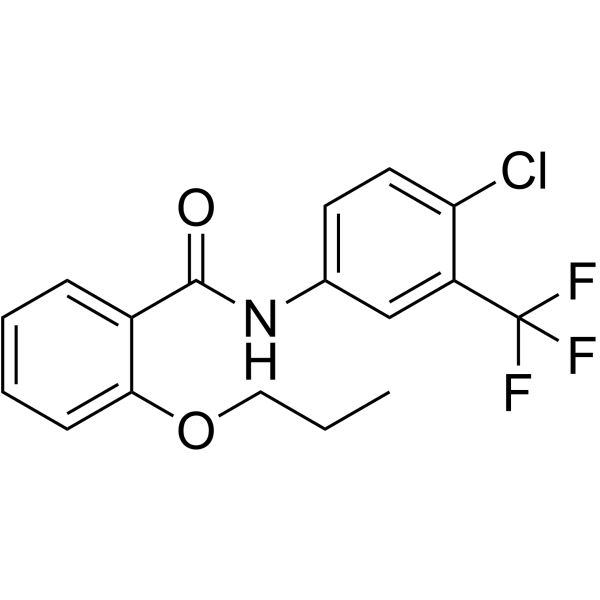
-
- HY-155178
-
|
|
EGFR
|
Cancer
|
|
Antiproliferative agent-34 (Compound A14) is a multi-target kinase inhibitor, with an IC50 of 177 nM and 1567 nM for EGFR L858R/T790M and EGFR WT. Antiproliferative agent-34 also inhibits JAK2, ROS1, FLT3, FLT4, PDGFRα with IC50 of 30.93, 106.90, 108.00, 226.60, 42.53 nM. Antiproliferative agent-34 inhibits H1975 and HCC827 cells proliferation with IC50 values below 40 nM under normoxic condition, and the anti-proliferation potency achieves 4–6-fold improvement (IC50 values < 10 nM) under hypoxic condition .
|
-
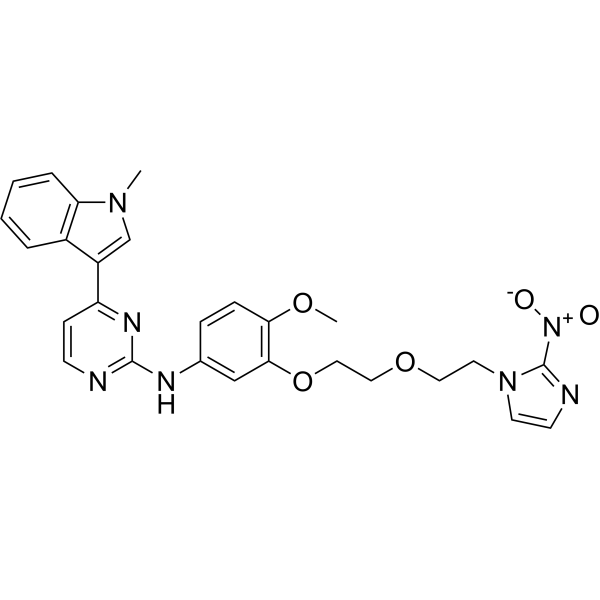
-
-
HY-L062
-
|
|
1785 compounds
|
|
Neurotransmitter (NT) receptors, also known as neuroreceptors, are a broadly diverse group of membrane proteins that bind neurotransmitters for neuronal signaling. There are two major types of neurotransmitter receptors: ionotropic and metabotropic. Ionotropic receptors are ligand-gated ion channels, meaning that the receptor protein includes both a neurotransmitter binding site and an ion channel. The binding of a neurotransmitter molecule (the ligand) to the binding site induces a conformational change in the receptor structure, which opens, or gates, the ion channel. The term “metabotropic receptors” is typically used to refer to transmembrane G-protein-coupled receptors. Metabotropic receptors trigger second messenger-mediated effects within cells after neurotransmitter binding.
In some neurological diseases, the neurotransmitter receptor itself appears to be the target of the disease process. Many neuroactive drugs act by modifying neurotransmitter receptors. A better understanding of neurotransmitter receptor changes in disease may lead to improvements in therapy.
MCE designs a unique collection of 1785 compounds targeting a variety of neurotransmitter receptors. MCE Neurotransmitter Receptor Compound Library is a useful tool for neurological diseases drug discovery.
|
| Cat. No. |
Product Name |
Type |
-
- HY-D0948
-
|
|
Dyes
|
|
Celestine Blue is a electroactive indicator in DNA biosensors. Celestine Blue is strongly adsorbed on the spinel phases and CNT (carbon nanotubes), facilitates dispersion, acts as a capping agent and allows for the fabrication of spinel decorated CNT. Celestine Blue is an efficient charge transfer mediator, which allows for significant improvement of capacitive behavior. TiO2 nanoparticles doped with Celestine Blue can be used as a label in a sandwich immunoassay for the hepatitis C virus (HCV) core antigen .
|
-
- HY-W127725
-
|
|
Dyes
|
|
Thymolphthalexon (tetrasodium) is an organic compound commonly used as a reagent in biochemical assays. It belongs to the family of thioxanthone derivatives and has strong antioxidant properties. Thymolphthalexon has several applications in the study of free radical response, oxidative stress, and aging. In addition, it can be used as a photosensitizer in photodynamic therapy for the improvement of cancer and other diseases.
|
| Cat. No. |
Product Name |
Type |
-
- HY-E70125
-
|
Carboxycyclohexadienyl dehydratase
|
Biochemical Assay Reagents
|
|
Arogenate dehydratase (Carboxycyclohexadienyl dehydratase) is the key enzymes that catalyze the conversion of arogenate into Phe in the stroma of chloroplasts and plastids in vascular plants. Arogenate dehydratase plays an important role in cell wall lignin biosynthesis, photosynthesis, and can be used for plant improvement .
|
-
- HY-W127805
-
|
|
Biochemical Assay Reagents
|
|
Pentacarboxylporphyrin I dihydrochloride is an organic compound belonging to the family of porphyrin derivatives. It is commonly used in biochemical research as a reference standard for the quantification of porphyrins and related compounds in biological samples. Pentacarboxylporphyrin I dihydrochloride has several applications in the diagnosis and monitoring of porphyrias, a group of inherited disorders characterized by abnormalities in heme metabolism. In addition, it can be used as a photosensitizer in photodynamic therapy for the improvement of cancer and other diseases.
|
| Cat. No. |
Product Name |
Target |
Research Area |
-
- HY-P2207
-
|
|
Biochemical Assay Reagents
|
Others
|
|
Sinapultide is a 21-amino-acid peptide that mimics the action of human surfactant protein-B (SP-B). Sinapultide can be used for synthetic phospholipids surfactants improvement .
|
-
- HY-P2207A
-
|
|
Biochemical Assay Reagents
|
Others
|
|
Sinapultide TFA is a 21-amino-acid peptide that mimics the action of human surfactant protein-B (SP-B). Sinapultide TFA can be used for synthetic phospholipids surfactants improvement .
|
-
- HY-W129161
-
|
|
Peptides
|
Metabolic Disease
|
|
Acetyl tetrapeptide-3 combined with Biochanin A (HY-14595) and Acetyl tetrapeptide-3, can stimulate dermal papilla extracellular matrix (ECM) proteins by increasing hydroxyproline, Collagen Type 3, and laminin, yielding a significant improvement in hair follicle size and hair anchoring .
|
| Cat. No. |
Product Name |
Target |
Research Area |
-
- HY-P99793
-
|
MLDL1278A
|
LDLR
|
Inflammation/Immunology
|
|
Orticumab (MLDL1278A) is an antibody targeting to oxidized or malondialdehyde-modified lipoprotein (LDL). Orticumab specifically inhibits oxidized low-density lipoproteins (oxLDL). Orticumab involves in modulation of autoimmune responses against oxLDL, improves atherosclerosis in animal model. Orticumab also can be used for research of psoriasis improvement .
|
| Cat. No. |
Product Name |
Category |
Target |
Chemical Structure |
| Cat. No. |
Product Name |
Chemical Structure |
-
- HY-B1272AS1
-
|
|
|
Desipramine-d3 is the deuterium labeled Desipramine. Desipramine is a tricyclic psychotic compound, possessing antidepressant activity. Desipramine inhibits the norepinephrine reuptake receptor in the central nervous system and reduces the sleep-related loss of genioglossus activity, can be used to research the improvement of pharyngeal collapsibility[1][2][3].
|
-

-
- HY-B1901S
-
|
|
|
Eperisone-d10 (hydrochloride) is the deuterium labeled Eperisone hydrochloride. Eperisone Hydrochloride ((±)-Eperisone hydrochloride) is an antispastic agent used for treatment of diseases characterized by muscle stiffness and pain. It works by relaxing both skeletal muscles and vascularsmooth muscles, thus demonstrating avariety of effects such as reduction ofmyotonia, improvement of circulationand suppression of the pain reflex. Eperisone Hydrochloride ((±)-Eperisone hydrochloride) is a centrally acting muscle relaxant inhibiting the pain reflex pathway, having a vasodilator effect[1][2 [3].
|
-

Your information is safe with us. * Required Fields.
Inquiry Information
- Product Name:
- Cat. No.:
- Quantity:
- MCE Japan Authorized Agent:

















































